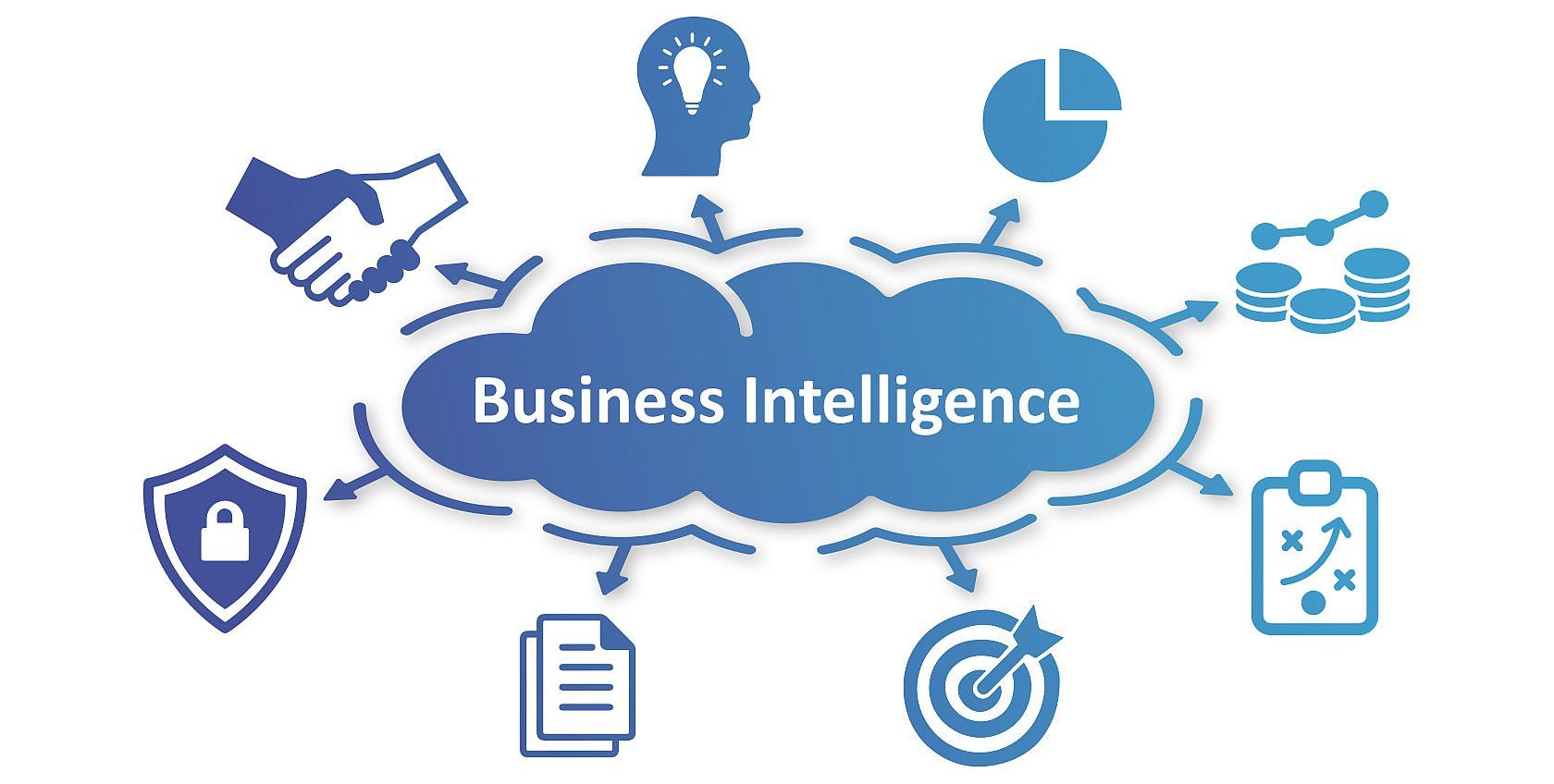Data is a resource that has become an essential aspect of business. It is able to determine the fate of the company. To maximize the potential of data, businesses are turning to powerful tools like Power BI and Microsoft Fabric. These platforms form the basis of business intelligence. And when they are integrated with Azure Data Factory, they are a powerful force for data analytics and decision-making.
Power BI Power BI Your Business Intelligence Companion
Power BI by Microsoft is an extremely powerful software for business intelligence that lets businesses visualize and communicate their information. Users can create interactive reports and dashboards that transform information from raw data into meaningful information.

Power BI can be tailored to your particular requirements whether you’re either a small or large firm. It connects to multiple data sources, making it simpler for users to combine the data from multiple systems and databases. Even non-technical users are able to create reports quickly and analyze data using its easy drag-and drop interface.
The Power BI platform supports real-time processing of data, ensuring you’re always working with the most current information. It offers a wide range of visualizations, allowing users to present data in a digestible, compelling way. It is essential to work together and share reports. This can help in improving decision-making in your company and create a more data-driven work environment.
Microsoft Fabric: Weaving Data Innovation
Microsoft Fabric is the fundamental framework that connects and manages data across various Microsoft services. Fabric is the thread that ties your data into an encapsulated and usable entity, allowing companies to get insights easily.
As companies deal with increasing volume of data, Microsoft Fabric provides the foundation for data consistency and integrity. Microsoft Fabric integrates an array of services, such as Azure Data Lake Storage (Azure SQL Data Warehouse), Power BI, and more. The interconnectedness of the platform guarantees data flow and insights from multiple sources.
The versatility of Microsoft Fabric is particularly evident in its capabilities to transform data. It can be used to manage data and make it ready for analysis and to ensure that it adheres to the policies of data governance of your company. Microsoft Fabric is the software that makes sure your data is reliable as well as accurate and is ready for analysis.
Azure Data Factory: the Gateway to Data Transformation
Azure Data Factory is another essential component in the modern business intelligence landscape. It’s a cloud-based integration tool that allows you to build, plan and manage data-driven workflows. Azure Data Factory provides meaningful insight through the orchestration of data movement and transformation.
One of the strengths of Azure Data Factory is its ability to connecting to different data sources. It doesn’t matter whether your data is stored in the cloud or on premises and you can connect it seamlessly to create a full image of your entire data ecosystem. It allows batch processing, streaming of data in real time, and big analysis of data. This makes it ideal for various use scenarios.
Azure Data Factory has a visual user interface that makes it easier for the process of creating data pipelines. Even if you are not a professional coder It is simple to build plans, schedules and track data pipelines. Business users can make decisions about their data integration processes, and opens the door to self-service data preparation.
Power BI, Microsoft Fabric and Azure Data Factory: The Power Trio
If Power BI and Azure Data Factory when combined and merged, they form an impressive trio that can enhance your data analysis capabilities. Let’s see how they work:
1. Data Integration Azure Data Factory connects to a variety of data sources to ensure that all your data is accessible. Microsoft Fabric orchestrates the data of various services with this data integration capability. This ensures that your data is well-structured clean and is ready for analysis in Power BI.
2. Microsoft Fabric’s Data Transformation is crucial for meeting your analytical needs. The fabric is a powerful instrument for data transformation, data cleansing and data processing.
3. Data Visualization: When your data has been perfect and ready to go, Power BI takes over. Power BI lets you develop visually appealing reports as well as dashboards that make complex data easy to comprehend. The insights you gain are shared with the team to inspire data-driven decisions.
4. Scalability: Azure Data Factory can adapt to growing amounts of data. The combination of Power BI with Microsoft Fabric will ensure that your data is steady and reliable when your business expands.
5. Power BI & Azure Data Factory can provide real-time information which is crucial to a rapid decision-making process.
Also, you can read our conclusion.
To be competitive in the world of business intelligence companies must be able to use data efficiently. Power BI, Microsoft Fabric, and Azure Data Factory offer a powerful set of tools that can take your business intelligence initiatives to new levels. If you’re looking to build amazing visualizations, maintain data consistency, or streamline processes for data, this trio is a perfect fit. Discover the potential of your data with the help of business intelligence.